Computers are getting smaller, faster and more capable, which has enabled an entirely mew class of satellites: CubeSats.
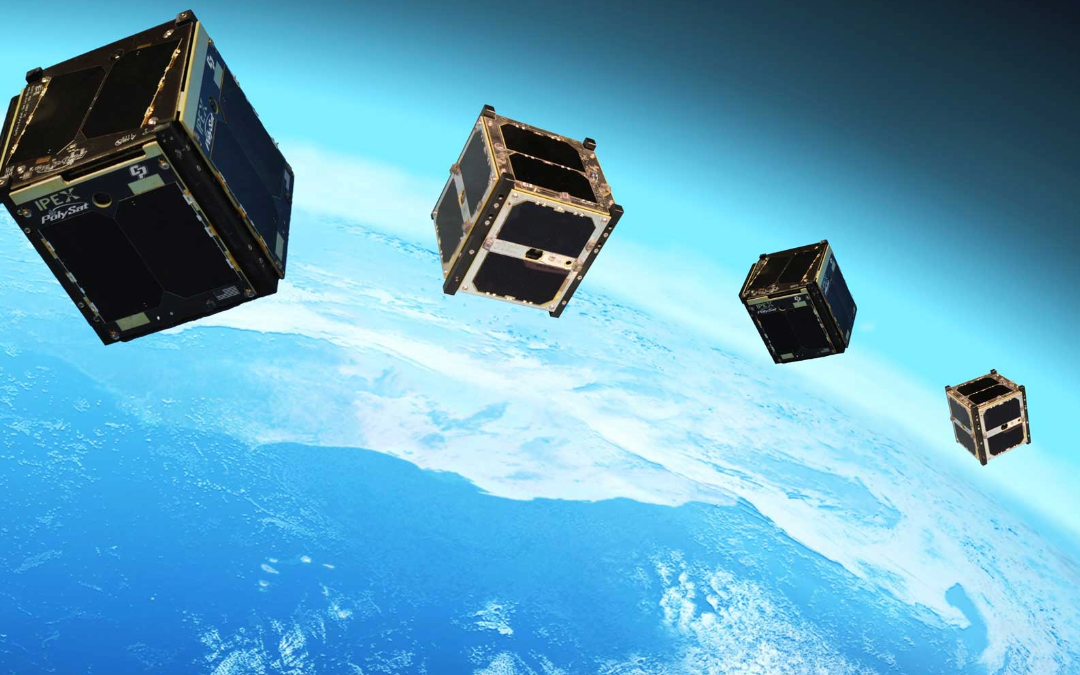

Computers are getting smaller, faster and more capable, which has enabled an entirely mew class of satellites: CubeSats.
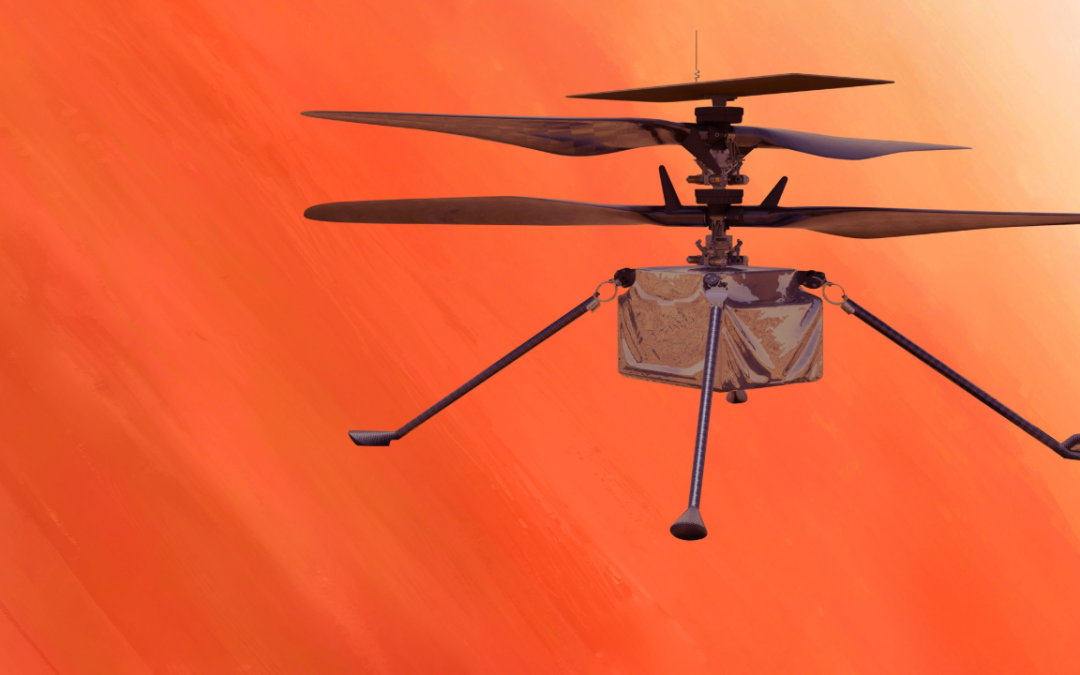
From little Ingenuity to the future Firefly and all our Earth Science fliers, let’s look at the buzzy scientists. Soon there’ll be a helicopter flying on Titan, but there are many other flying robots that’ll be helping us with all our science needs.
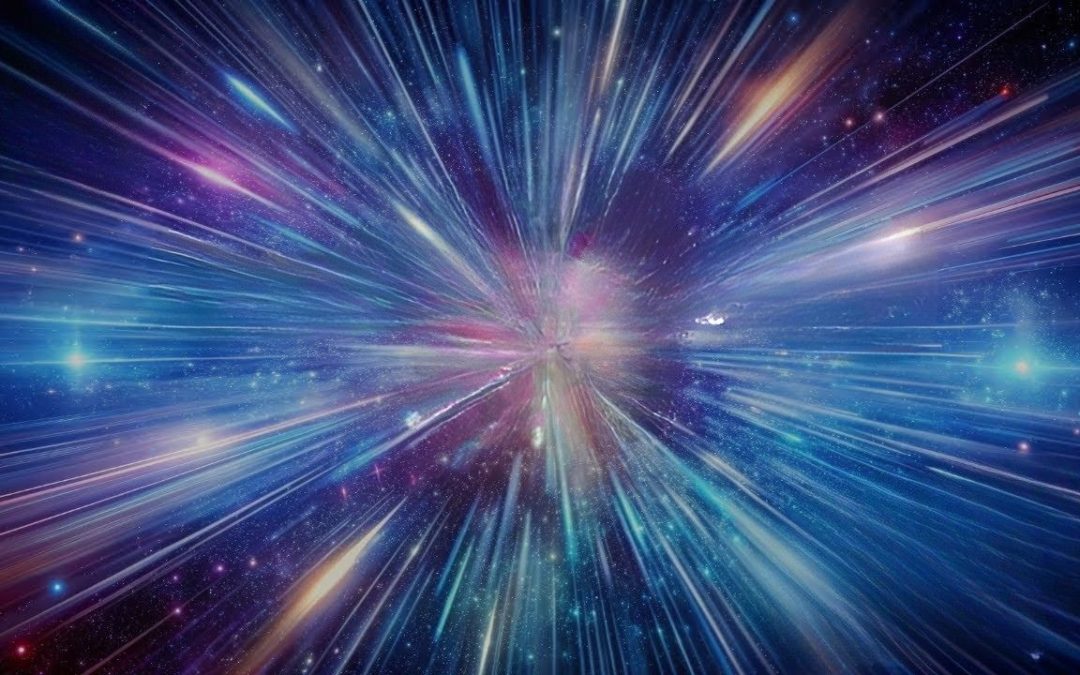
What can we hope (or dread) to see in 2025? Today we’re gonna talk about the upcoming space stories for 2025 that we’re looking forward to.

We’re back from our summer hiatus. Before we left, we gave you a bunch of stories we thought might be important. Now let’s look back and see how our predictions went. And what surprises did happen? Show Notes Evidence of vulcanism on the Moon China's Chang'e 6 mission...
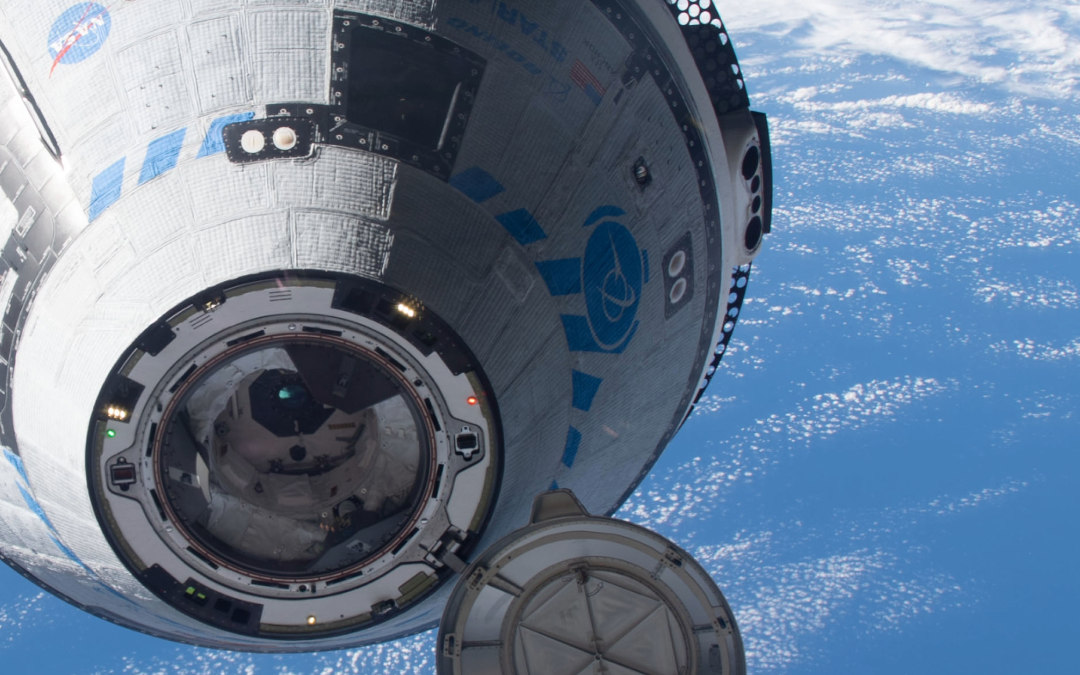
Starliner S2.1 docking on May 20, 2022 (NASA) Prior to recording their exoplanets episode, Fraser and Pamela discussed their wild week of space flight news and discussed their concerns about the Starliner and StarShip programs. This is particularly timely as we...
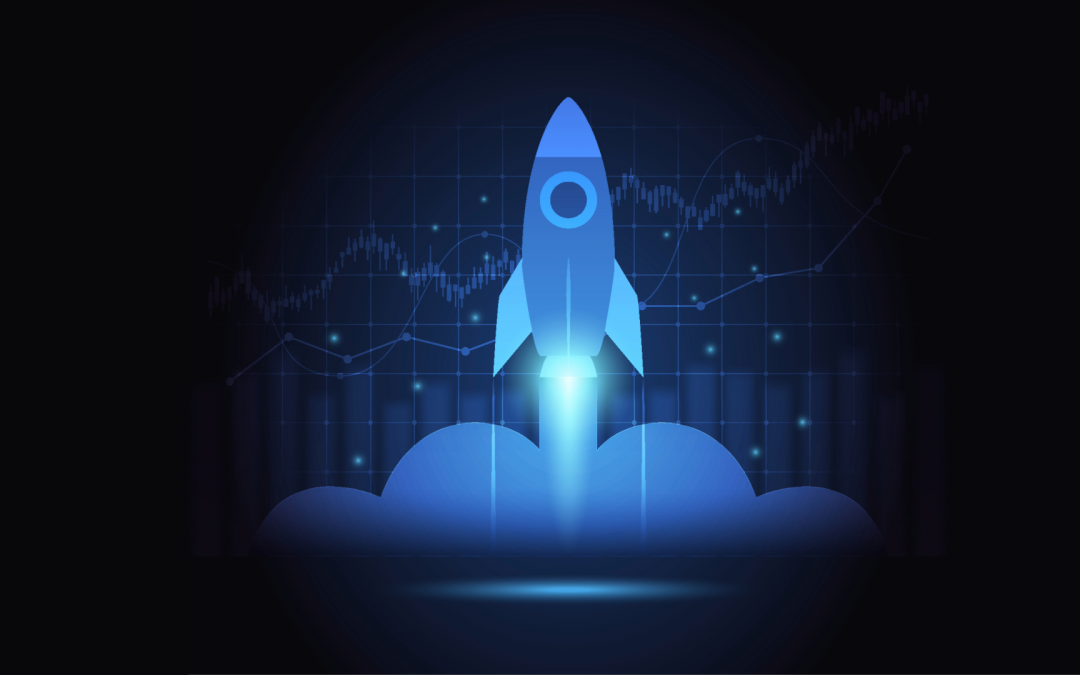
In this bonus episode, we bring you behind the scenes audio from our June 10 pre-show discussion about the “far too much news” that occurred the week of June 3, 2024. Check out the original recording on YouTube here. This episode was sponsored by Mint Mobile.
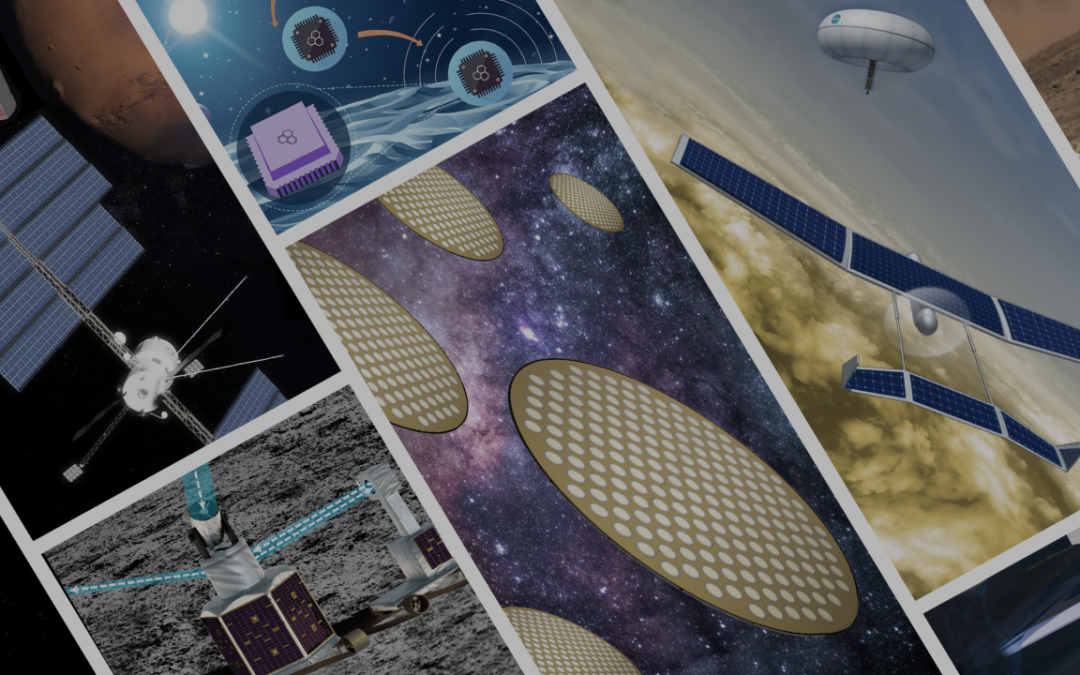
NASA works on many missions using tried and true technology, but they also invest in creative ideas that could drive the future of space exploration. It’s called NASA’s Innovative Advanced Concepts or NIAC.
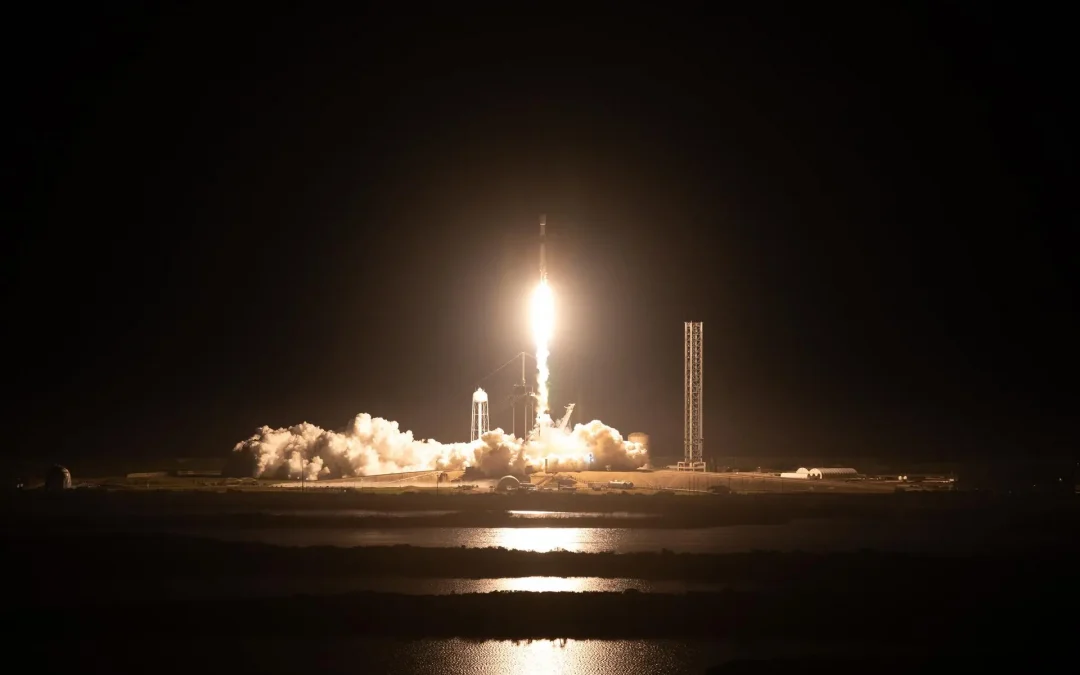
In the olden days, NASA developed its missions using a variety of in-house engineers and external suppliers. As more commercial companies are targeting the Moon, NASA is working with partners to deliver its payloads to the lunar surface.
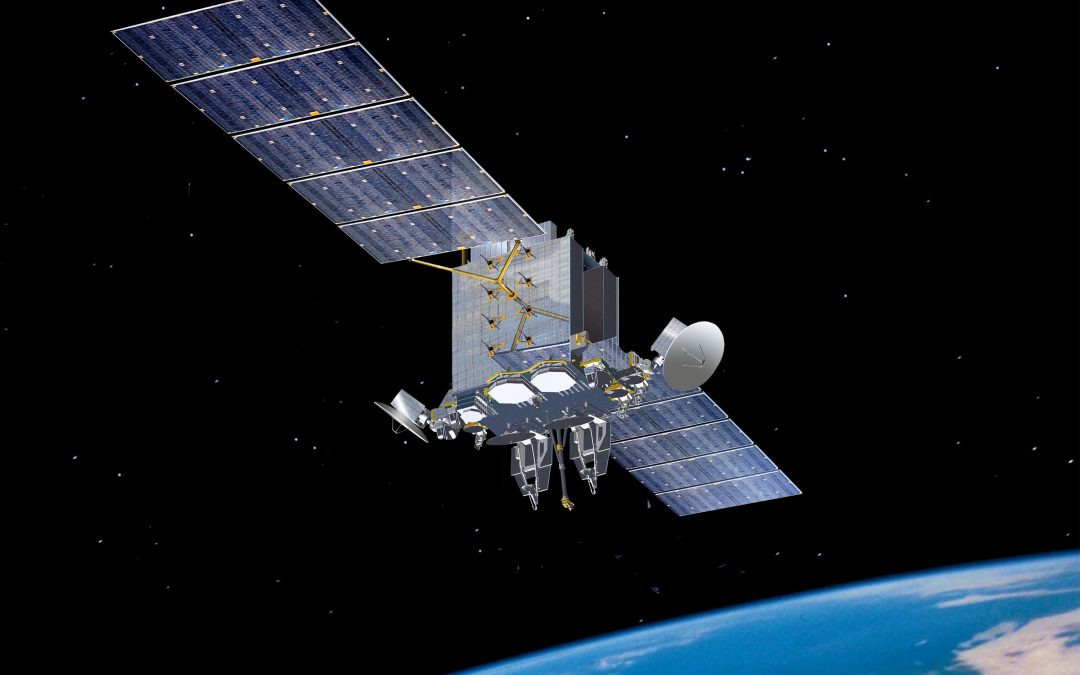
Last week we learned that Russia might be planning nuclear weapons to take out satellites in space. What is the current and future possibility of weapons in space and what are the treaties designed to prevent them?
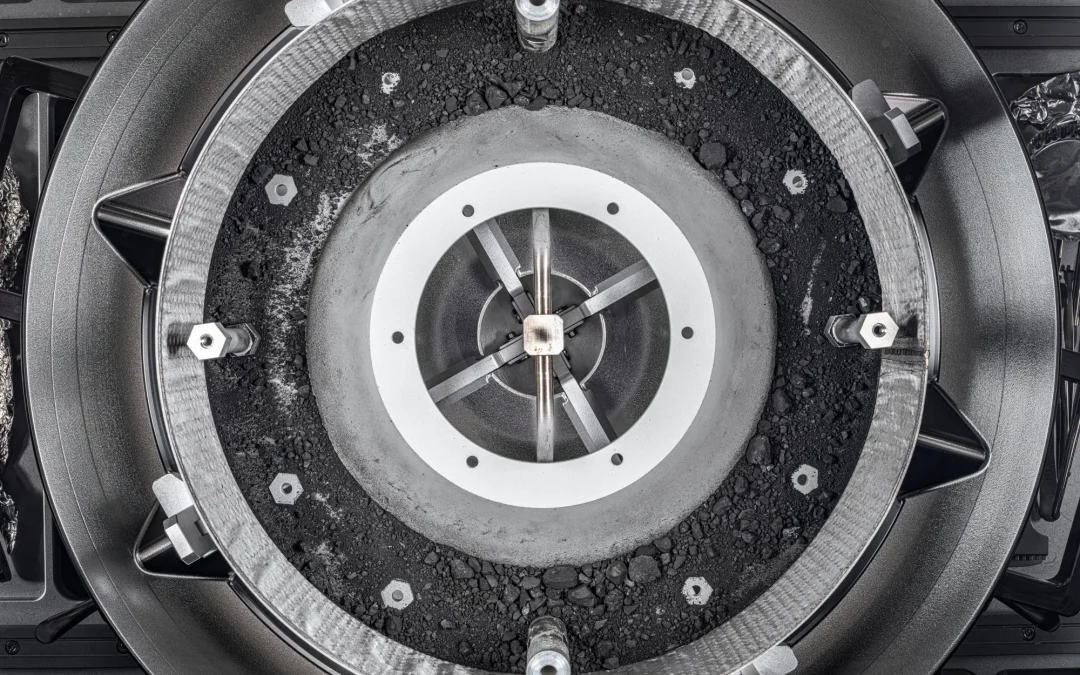
Last week we talked about sample return missions from the Moon and Mars, but scientists have retrieved samples from other objects in the Solar System, including comets and asteroids. What does it take to return a piece of rock from space, and what have we learned so far?
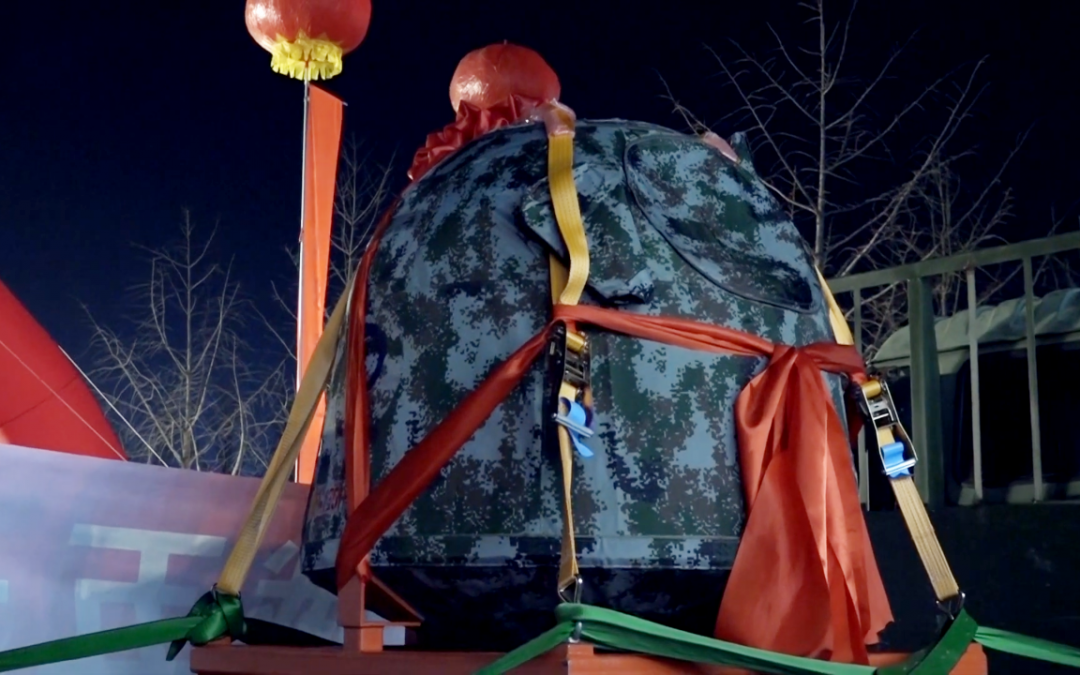
We’ve sent robots to other worlds, but the amount of science we can deploy to another planet can’t compare with the vast science labs we have on Earth. That’s why more and more missions are for a sample return, bringing pieces of alien worlds back to Earth, were we study them with proper equipment.
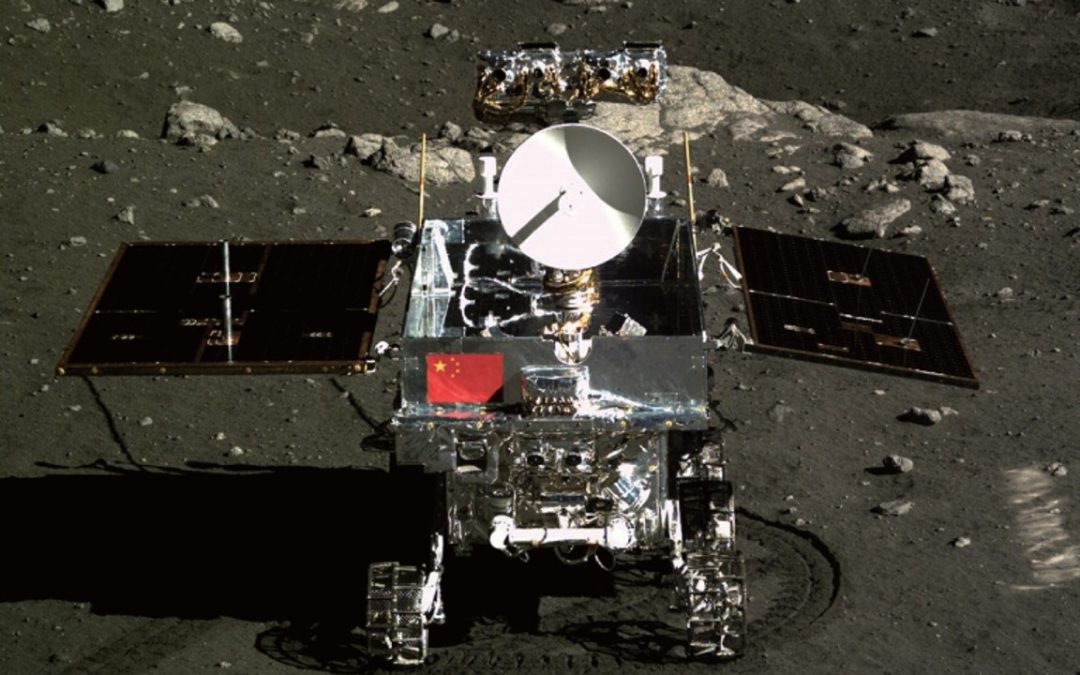
We’re so familiar with NASA’s exploration efforts in space, but you might be surprised to learn that China launches almost as many rockets as the US. They’ve got their own space exploration program that could soon bring humans to the surface of the Moon. Let’s give a brief overview of China’s space exploration plans.
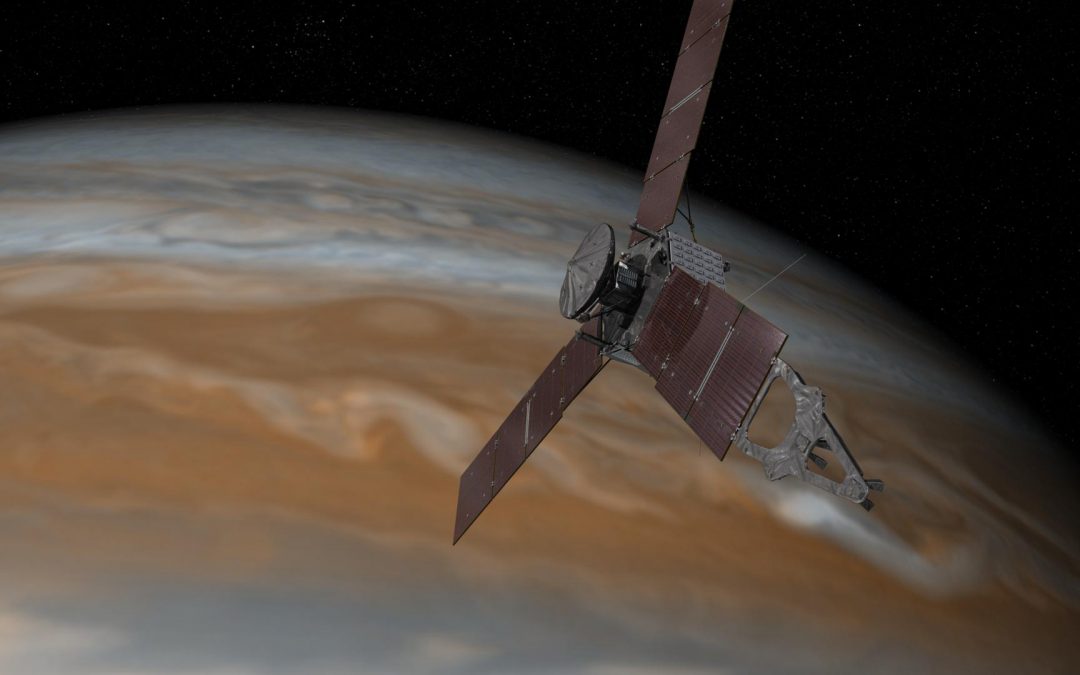
NASA’s Juno spacecraft has completed dozens of flybys of Jupiter, seeing the planet from many angles and delivering some of the most beautiful images we’ve ever seen of the Jovian world. Now it’s focusing in on Io, sending home images of the tiny volcanic world from just 1,500 km away. And the best is yet to come.
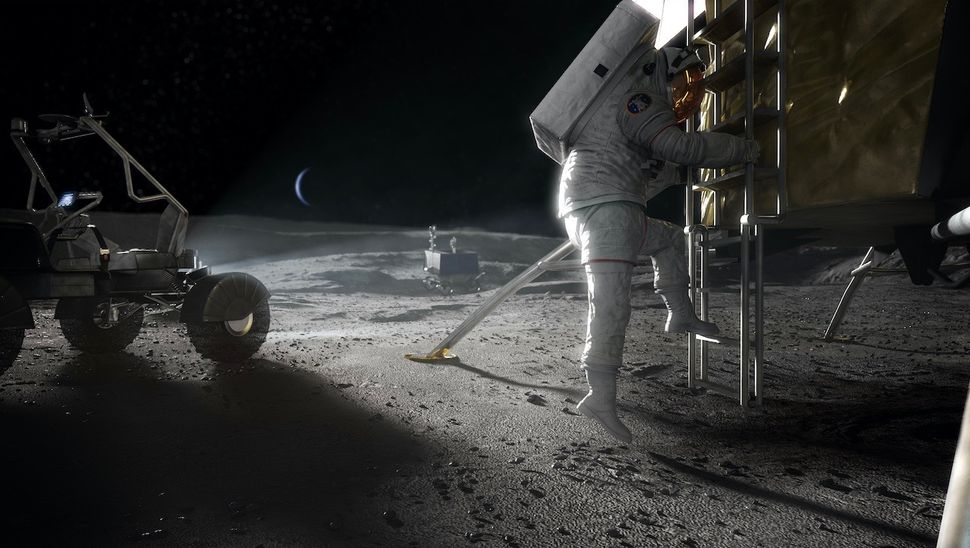
With Artemis 1 completing its robotic flight around the Moon, we know that the SLS works. Next comes Artemis 2, with a crew of astronauts flying past the Moon. If that’s successful, we could see humans set foot on the Moon in December 2025. But there is a long list of challenges to consider that could delay things considerably. Go or no go for launch?
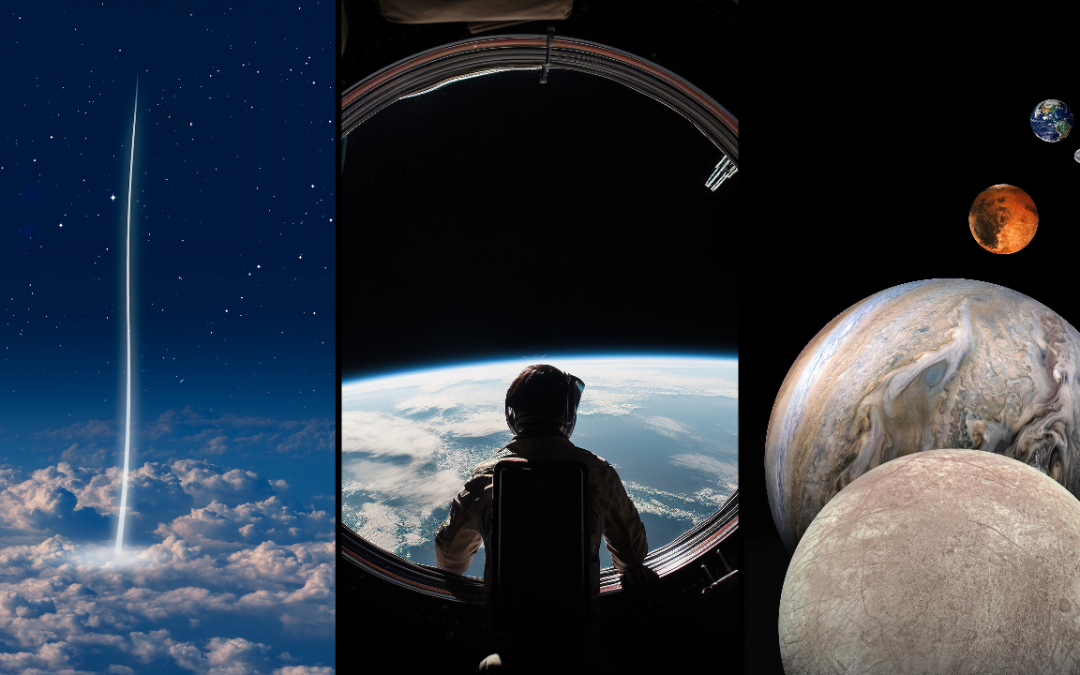
Last week we looked back at some of the ideas that science has changed its mind about. This, we look forward, into the future, at some of the big ideas that astronomers are making progress in. What space science are we looking forward to?
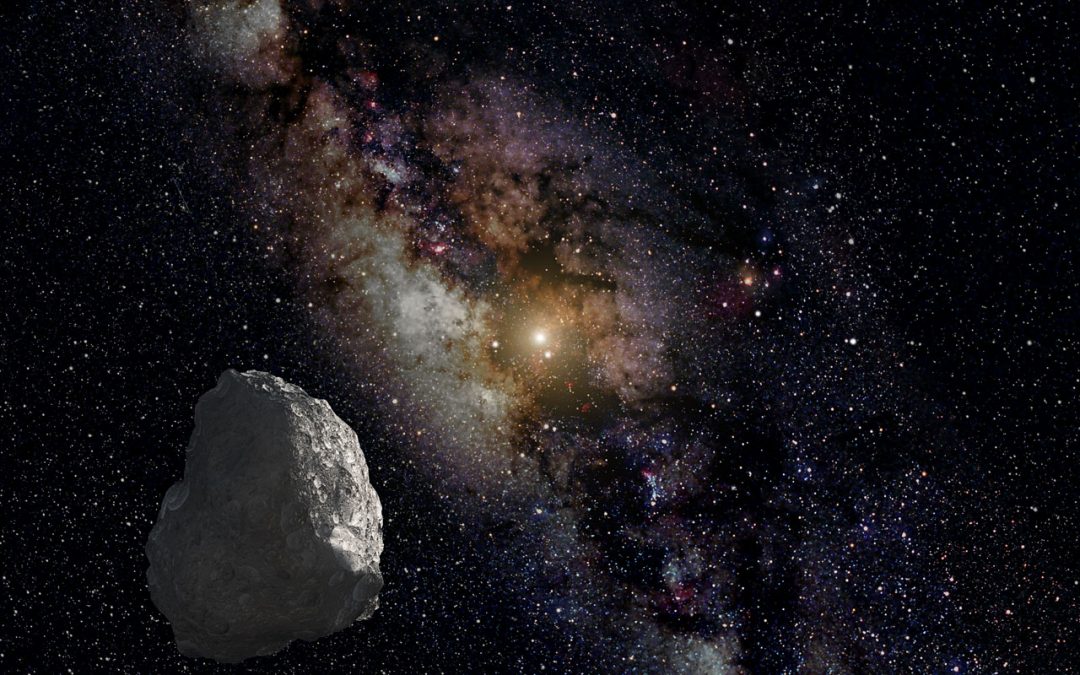
Finally, we reach the end of our tour through the missions in the Solar System. Out beyond Mars, to Jupiter the Kuiper Belt and Beyond. Recorded live during the CosmoQuestX 2023 Hangout-a-Thon.

Another week, another review of space missions in the Solar System. Today we set our sights on the red planet. What are all the active missions at Mars today?
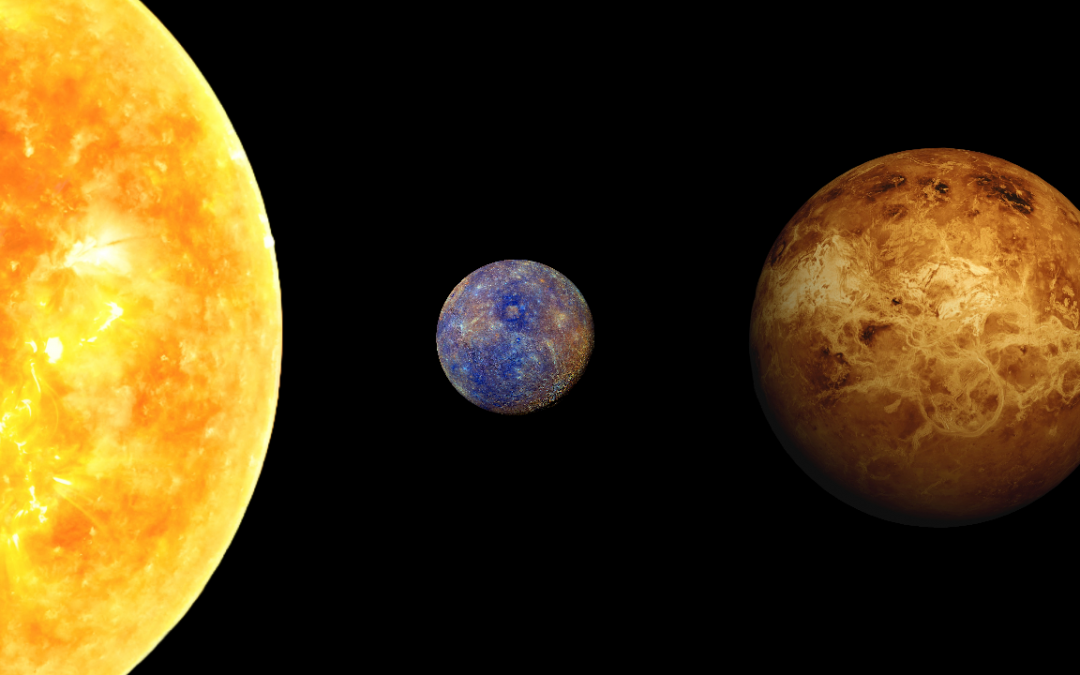
Our journey through space missions continues. Now we move away from the Earth to the rest of the solar system. What’s out there orbiting, roving and flying on other worlds and in interplanetary space. Today we look inward and we’ll talk about the missions studying the Sun, Mercury and Venus.
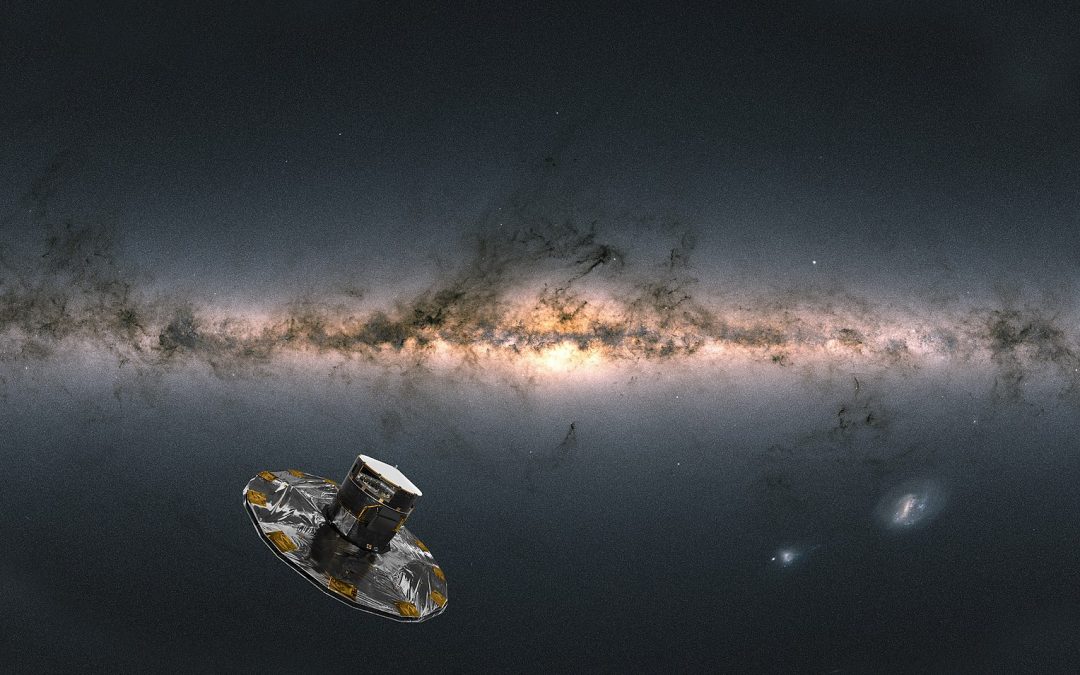
Last week, we brought you up to speed on the spacecraft which are helping to study Earth from above. Many of our missions are in Earth orbit but looking outward to study the Universe. Today, we’ll talk about the missions close to home, helping us understand our place in the cosmos.
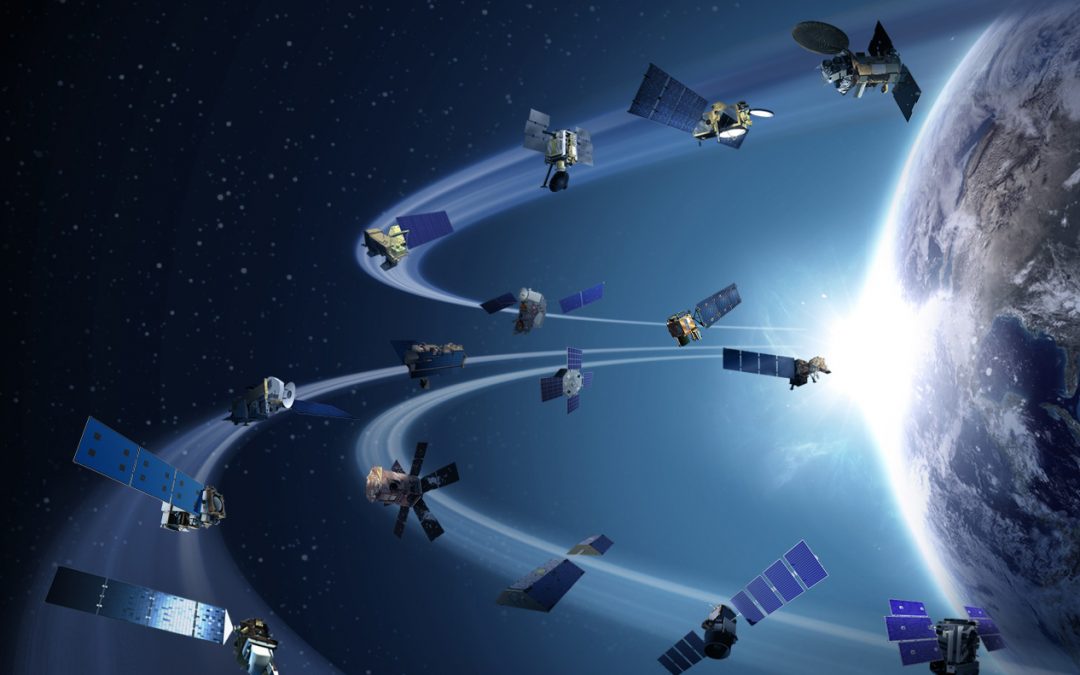
It’s time for another series. This time we’re going to look at the missions that are currently in place across the Solar System. Today we’ll start with the key missions here on Earth, studying the planet from above and looking out into the Universe.
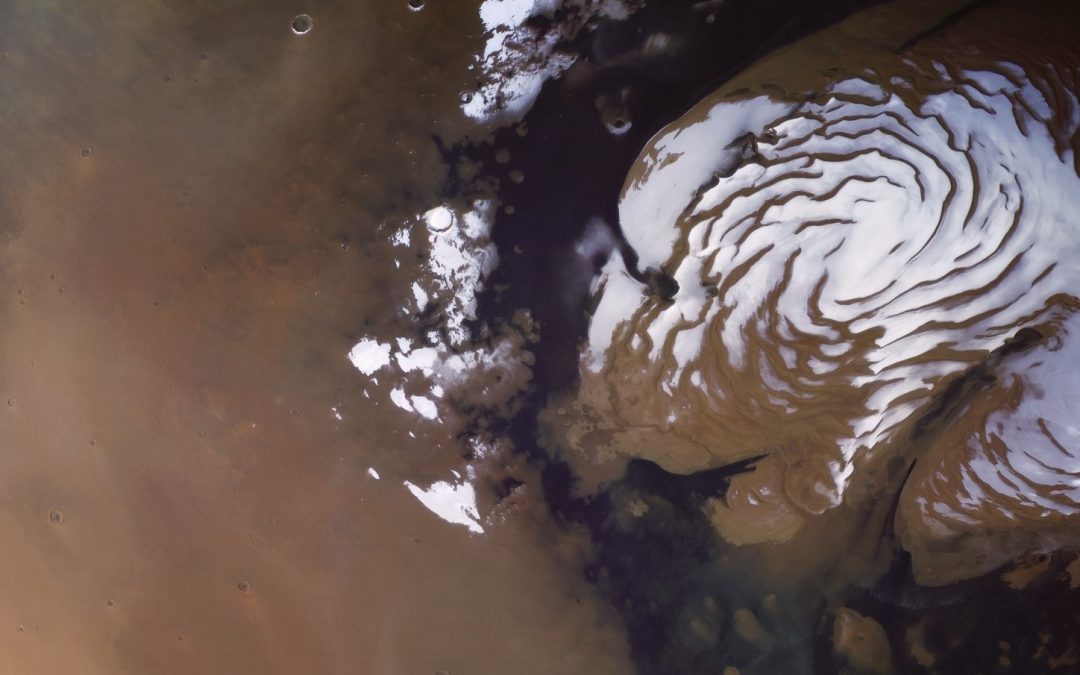
We’ve looked at Earth’s changing climate, now let’s see what it’s like for another world: Mars. Much looks familiar, but some of it is totally alien, from ice caps of frozen carbon dioxide to planetary dust storms that can obscure the entire world from view.
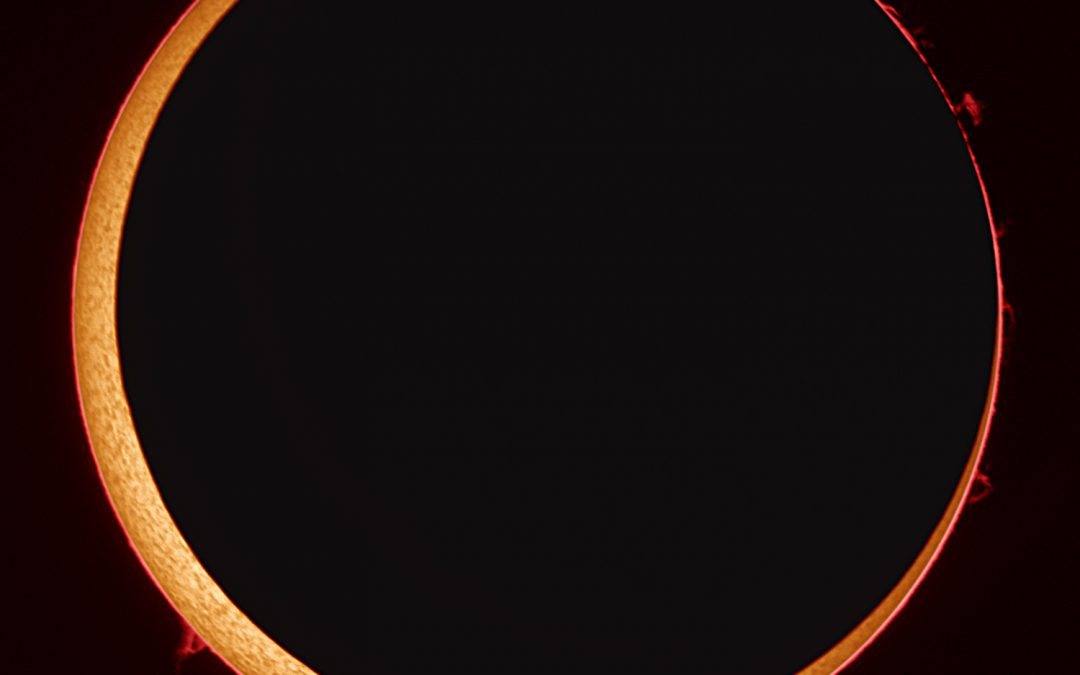
Once again, we’ve reached the end of a season here on Astronomy Cast, and it’s time for the summer hiatus. But the Universe never takes a break. What can we expect to happen over the summer while we’re catching up on our reading, building our gardens and planning for Season 17
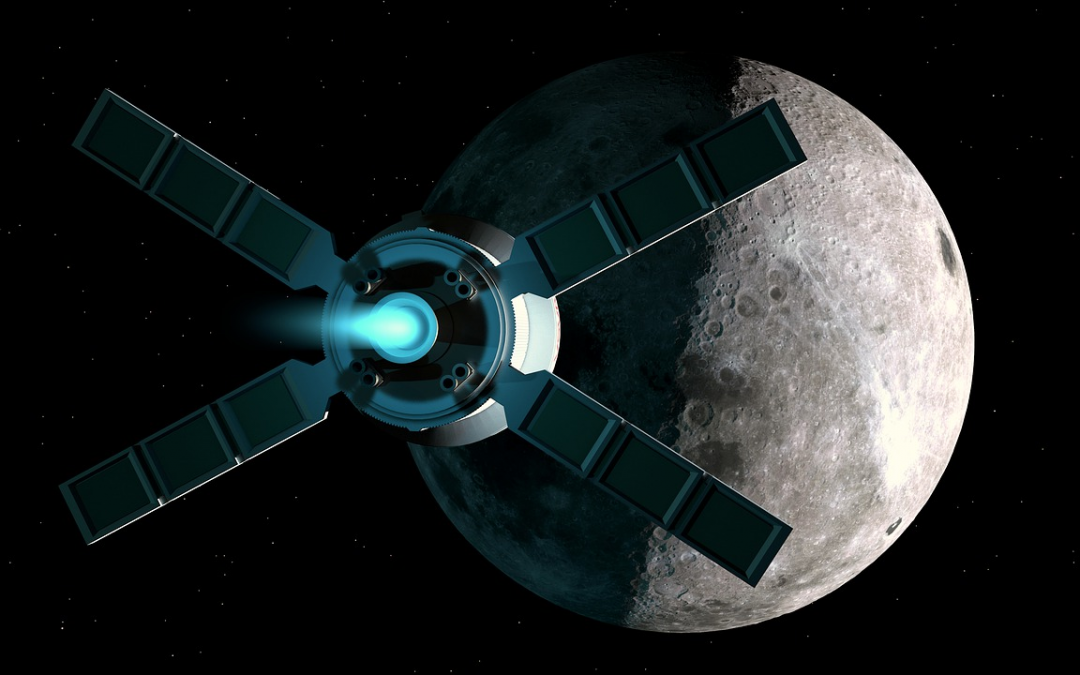
We’re going back to the Moon. In the next few years humans will set foot on the Moon again, ideally this time to stay. But this will be different than the Apollo era, going to the scientifically fascinating, and difficult southern pole of the Moon. What needs to be done to prepare the way back to the Moon?
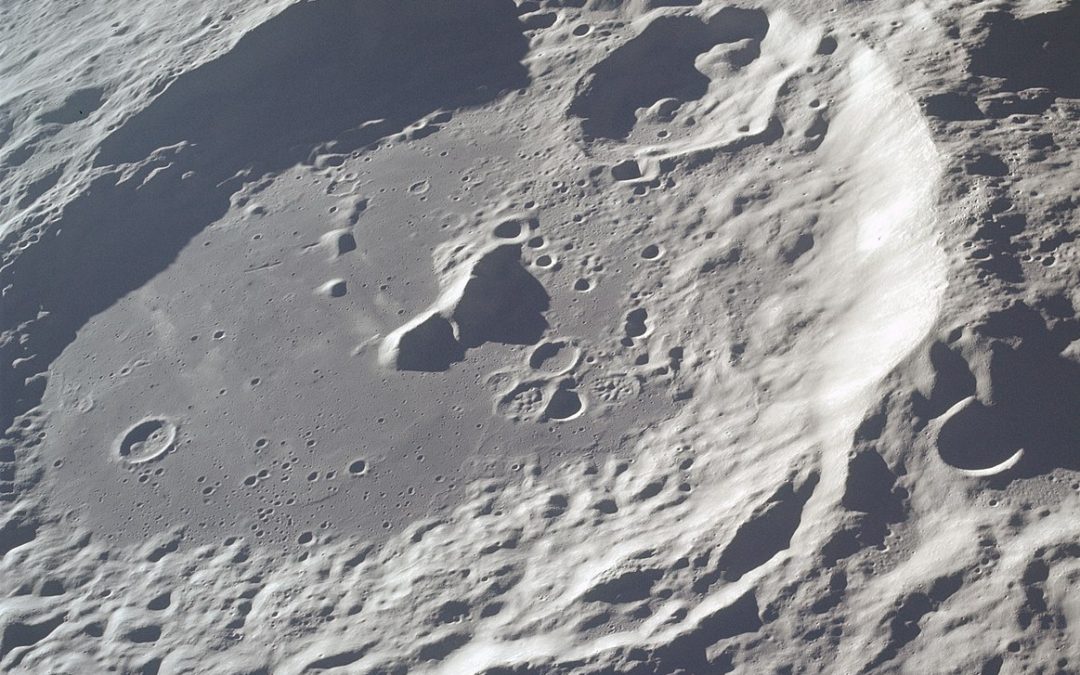
The permanently shadowed craters on the Moon are the focus of so much research. That’s because they seem to contain vast reserves of water ice. Water we could use for oxygen, propellant and so much more, but also, to help us understand where the Earth’s water came from.
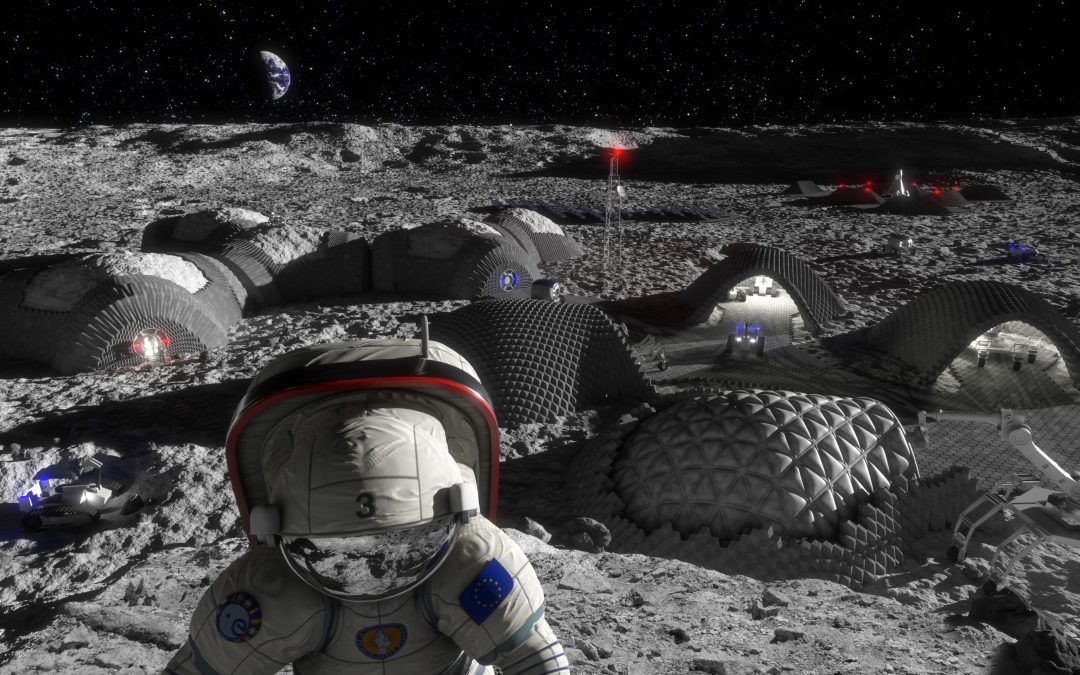
Launching satellites from Earth is counter-productive. You’ve got to make a satellite that can handle Earth gravity, then the brutal flight to space, then deployment in orbit. What if you could build your spacecraft in space?